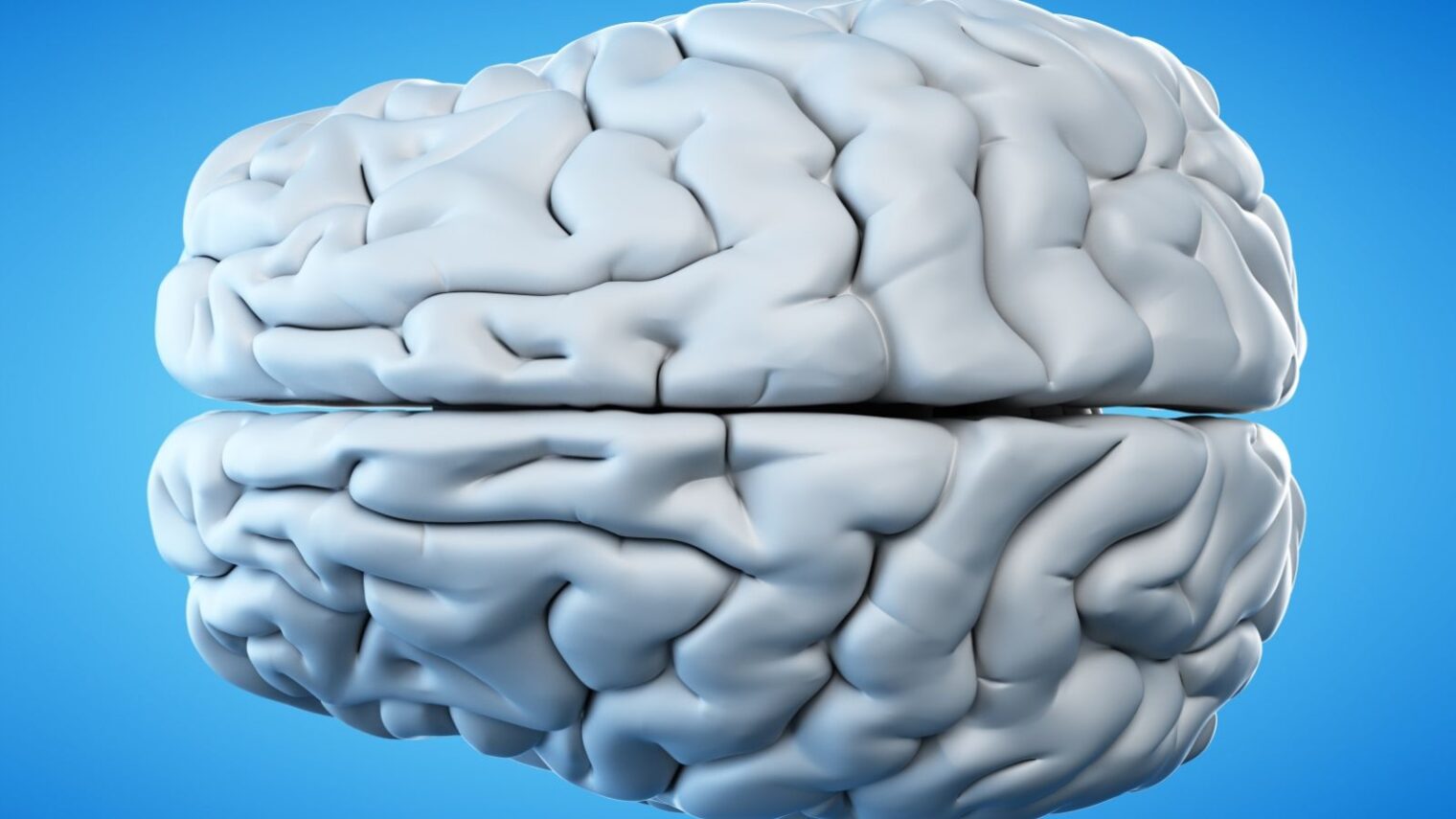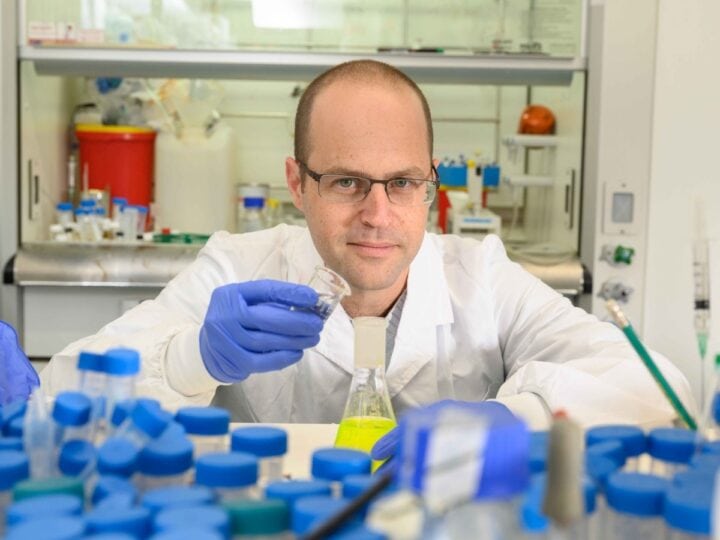Normal newborn babies’ brains are wrinkled like walnuts. Infants born without these wrinkles suffer from “smooth brain syndrome,” which causes severe developmental deficiencies and reduced life expectancy.
The gene that causes smooth brain syndrome recently helped Weizmann Institute of Science researchers in Israel to probe the physical forces that cause the brain’s wrinkles to form.
As reported in the journal Nature Physics, the researchers developed a method for growing tiny “brains on chips” from human cells that enabled them to track the physical and biological mechanisms of the wrinkling process.
Prof. Orly Reiner of the Institute’s Molecular Genetics Department intended to grow tiny brains (organoids) from embryonic stem cells using a method pioneered in the last decade by Japanese and Austrian scientists.
Lab member Eyal Karzbrun innovated a more sophisticated way to do this, producing uniformly sized pita-shaped organoids with a thin space in the middle that allows for keeping the organoids alive longer and for imaging them.
By the second week of the tiny “brain’s” growth and development, wrinkles began to appear and deepen.
“This is the first time that folding has been observed in organoids, apparently due to the architecture of our system,” said Karzbrun, a physicist by training.
Cap: Fluorescence images show the development of an organoid over days 3-11, in which the emergence of wrinkles is clearly seen
Folds or wrinkles in a surface are the result of mechanical instability – compression forces applied to some part of the material. If there is uneven expansion in one part of the material, another part is forced to fold in order to accommodate the pressure.
In the organoids, the scientists observed that the cells in the center of the organoid contracted while the nuclei of the cells near the surface expanded. In other words, the outside of the “pita” grew faster than its inside.
To make sure the wrinkles in the organoids were really modeling the folds in a developing brain, Reiner’s group grew new organoids that bore the same mutations carried by babies with smooth brain syndrome. Reiner identified this gene – LIS1 – back in 1993, and has investigated its role in the developing brain and in the disease, which affects one in 30,000 births.
The organoids with the mutated gene grew to the same proportions as the first ones, but developed few folds. The wrinkles they did develop were very different in shape from normal wrinkles.
Using atomic force microscopy with the help of Sidney Cohen of the Chemical Research Support Department, Reiner’s lab discovered that the normal cells were about twice as stiff as the mutated ones, accounting for the difference in how they folded. Also, the nuclei in the centers of the mutant organoids moved more slowly.”
The scientific community has been showing great interest in this new approach to growing organoids.
“It is not exactly a brain, but it is quite a good model for brain development,” said Reiner. “We now have a much better understanding of what makes a brain wrinkled or, in cases of those with one mutated gene, smooth.”
The Weizmann researchers plan to continue developing their approach, which they believe could lead to new insights into other disorders related to brain development, including microcephaly, epilepsy and schizophrenia.
Also participating in this research were Jacob Hanna, who assisted with growing the embryonic stem cells, Sidney Cohen of the Weizmann’s Department of Chemical Research Support, and research student Aditya Kshirsagar in Reiner’s group.

















